Invest
Treasurer shy on surplus in light of coronavirus
The Treasurer has remained quiet on its surplus intentions, as the Australian economy feels the pain from its largest trading partner’s halt in production due to the coronavirus outbreak.
Treasurer shy on surplus in light of coronavirus
The Treasurer has remained quiet on its surplus intentions, as the Australian economy feels the pain from its largest trading partner’s halt in production due to the coronavirus outbreak.

The economic implications of the coronavirus will be felt worldwide, Prime Minister Scott Morrison and Treasurer Josh Frydenberg warned in a recent press conference.
Mr Morrison commented: “[T]he health impacts of the coronavirus are not the only impacts of this virus on the global economy and indeed on the Australian economy... These impacts are not limited to the education sector and the tourism sector... this is affecting global supply chains.
“It’s affecting the building industry. It’s affecting the manufacturing industry. It’s affecting our export industry.”
Mr Morrison went on to say: “This is not like a global financial crisis. This is a global health crisis.”
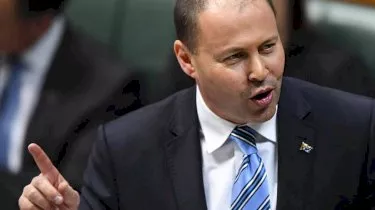
Mr Frydenberg noted that the International Money Fund has announced that the impact of the global economy will be down about 0.1 of a percentage point in 2020, lowering the IMF’s forecast for global growth from 3.3 to 3.2 per cent.
The Treasurer added: “Here in Australia, the economic impacts have been significant… not just to the tourism and education sectors, which together contribute around $16 billion to the Australian economy, but also agriculture and their disruption to end supply chains.”
Mr Frydenberg also stated that there were additional concerns being expressed from retailers and manufacturers regarding the impact of Chinese factories being closed for a prolonged period of time.
Before the outbreak of the virus and the bushfire disasters that plagued Australia over the summer, the government remained adamant on achieving a budget surplus in the 2019-20 financial year and relied on the RBA to push up GDP and wage growth and lower unemployment without fiscal intervention.
When asked about the predicted surplus that the Morrison government has been stating it would deliver, Mr Frydenberg stayed quiet, adding that the final numbers would be updated in the May budget.
“[The budget forecasts] are updated twice a year, MYEFO which, as you know, had a surplus in the 19-20 year. But the fires have occurred since then. The virus has obviously taken hold since then…”
Mr Fydenberg later told the media: “[T]he numbers will be updated on budget night, so you will have to switch on there. There’s quite a way to go between now and budget night.”
‘Significant’ economic impact to Australia
Speaking to the press after the conference, the Treasurer stated that Australia’s increased dependency on China for tourism, international student intake, supply chains and exports will mean the impact of the coronavirus will be “more significant” on the Australian economy than that of the SARS outbreak in 2003, with local and global impact already taking shape.
Earlier this month, the Reserve Bank of Australia lowered its projection for GDP growth by 0.2 per cent for both the December and March quarters, in light of the economic fallout of the Australian bushfire crisis and the ongoing impact of the coronavirus in China – one of Australia’s major trade partners.
The spread of coronavirus has seen a number of local economic repercussions in China, and AMP chief economist Shane Oliver has said he expects a cut of nearly 12 per cent off the country’s GDP for the quarter, while global ratings agency S&P reduced its forecast for China’s economic growth for the year by 0.75 percentage points.
Outside of China, stock markets all over the world took a hit of up to 20 per cent this week, while the Australian dollar fell to around US$0.66, its lowest point in over 11 years.
According to Mr Oliver, exports to China make up 9 per cent of Australia’s GDP, including hard commodities at nearly 5 per cent, while Australian tourism and education industries are also widely reliant on China.
The notion that Australia would face the brunt of the international fallout due to its close trade links with China, and that the impact would exceed that of the SARS outbreak in 2003, was shared by RBA governor Phillip Lowe, who stated that the recent outbreak presents a “new source of uncertainty” for the Australian economy.
“On that occasion (SARS), there was a sharp slowing in output growth in China for a few months, before a sharp bounceback as the outbreak was controlled and economic stimulus measures were introduced,” governor Lowe stated in his opening address before the standing committee on economics earlier this month.
“Today, China is a larger part of the global economy and it is more closely integrated, including with Australia, so the international spillovers could be larger than they were back in 2003.”
Likewise, AMP’s Mr Oliver has said that close trade and tourism links between Australia and China have already lowered projections for Australia’s GDP growth this quarter, and puts the country at risk of recession.
With a number of Australian industries tied so closely with China’s, the outbreak of the coronavirus leaves Australia in risk of recession, that is, two consecutive quarters of negative growth.
“Australian GDP is likely to go backwards this quarter... thanks to the bushfire and the hit from coronavirus,” Mr Oliver said.
“Clearly, the longer it drags on and the more the outbreak and disruption spreads globally, the bigger the impact on Australia, including the risk of two negative quarters, i.e. recession,” he said.
“The rising threat to the Australian economy from coronavirus is adding to the likelihood that the RBA will cut rates in March or April and the pressure for more fiscal stimulus in the May budget is increasing,” he added.
nestegg has previously reported that almost $90 billion has been wiped off the Australian sharemarket in the past two days, as fears about the global economic impact of COVID-19 intensify.

Economy
RBA's hawkish stance reflects inflation concerns, State Street economist comments
In a recent statement, the Reserve Bank of Australia (RBA) has signaled a hawkish stance on interest rates, drawing insights from financial experts about the implications for Australia's economic ...Read more

Economy
Navigating the inflation maze: How CFOs can outsmart economic hurdles in Australia
Fresh inflation data have cooled expectations of near-term rate cuts in Australia, intensifying pressure on margins, capital allocation and demand. Rather than wait for monetary relief that may not ...Read more

Economy
Inflation concerns rise as Australia's CPI climbs to 3.8% in October
Australia's latest Consumer Price Index (CPI) figures have sent ripples through the economy, with headline inflation accelerating to 3.8% year-on-year in October, up from 3.6% in September. The data, ...Read more
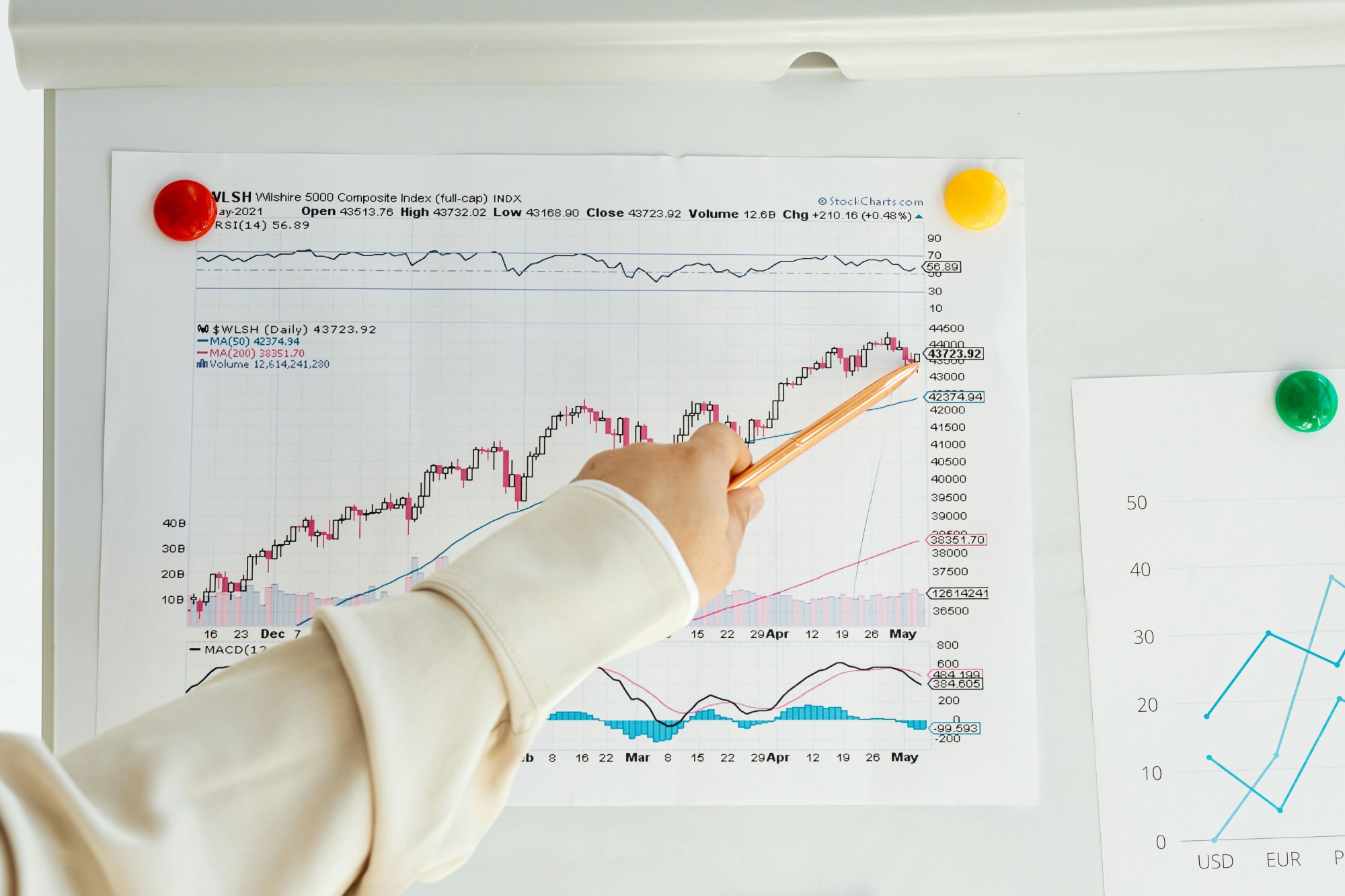
Economy
October CPI results pose challenges for RBA’s monetary policy stance
In a surprising turn of events, the October Consumer Price Index (CPI) data has raised eyebrows among economists and market strategists, revealing stronger-than-expected inflationary pressures in ...Read more
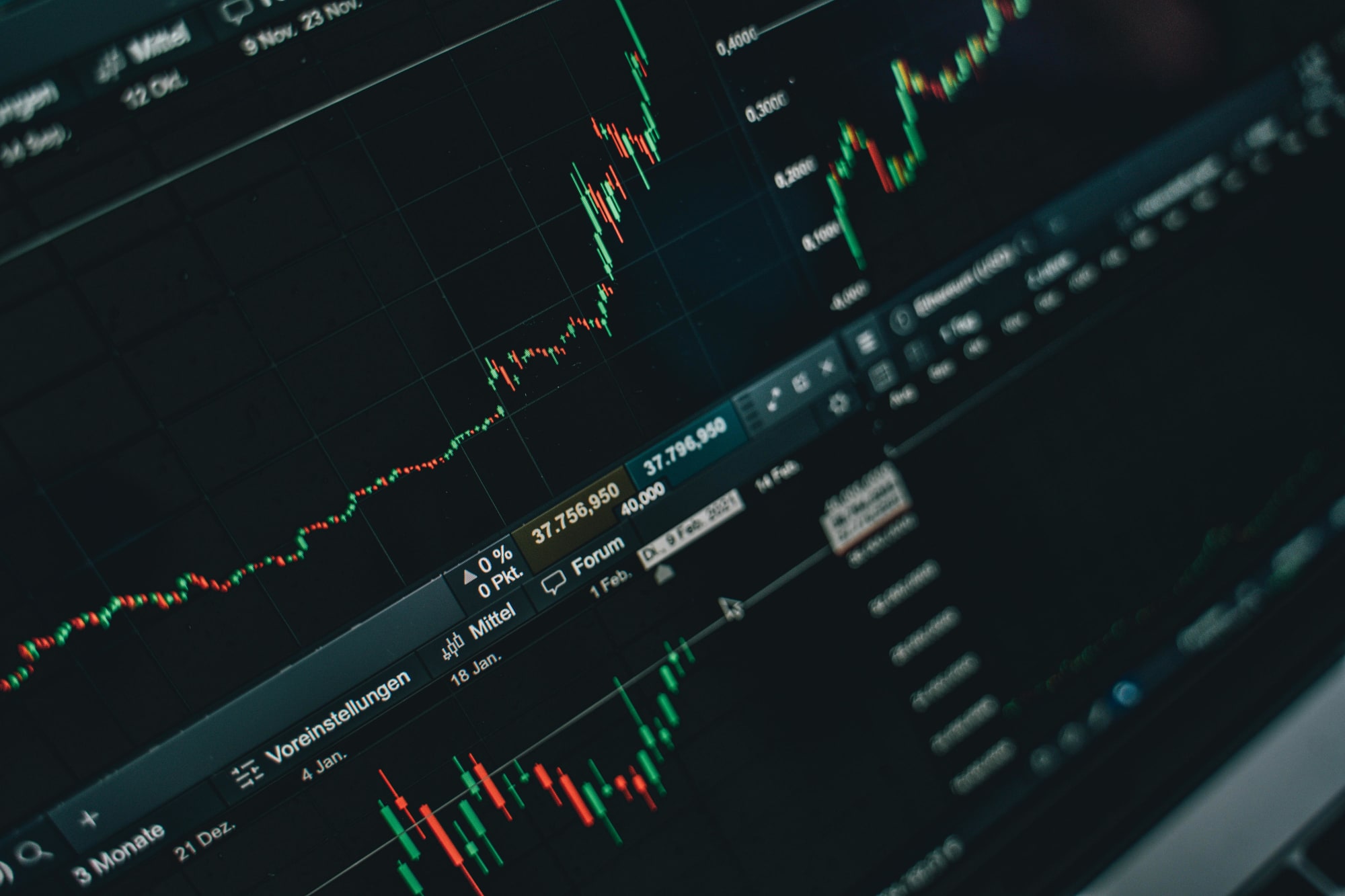
Economy
Global deal activity declines by 6% amid economic uncertainty, reports GlobalData
In a year characterised by economic turbulence and evolving market conditions, global deal activity has witnessed a notable downturn during the first ten months of 2025. According to GlobalData, a ...Read more

Economy
Australia’s softening labour market puts another RBA cut in play — here’s what business should do now
A four-year high in unemployment has revived expectations the Reserve Bank could deliver another rate cut as soon as November. With quarterly GDP growth running at 0.6 per cent and annual growth at ...Read more
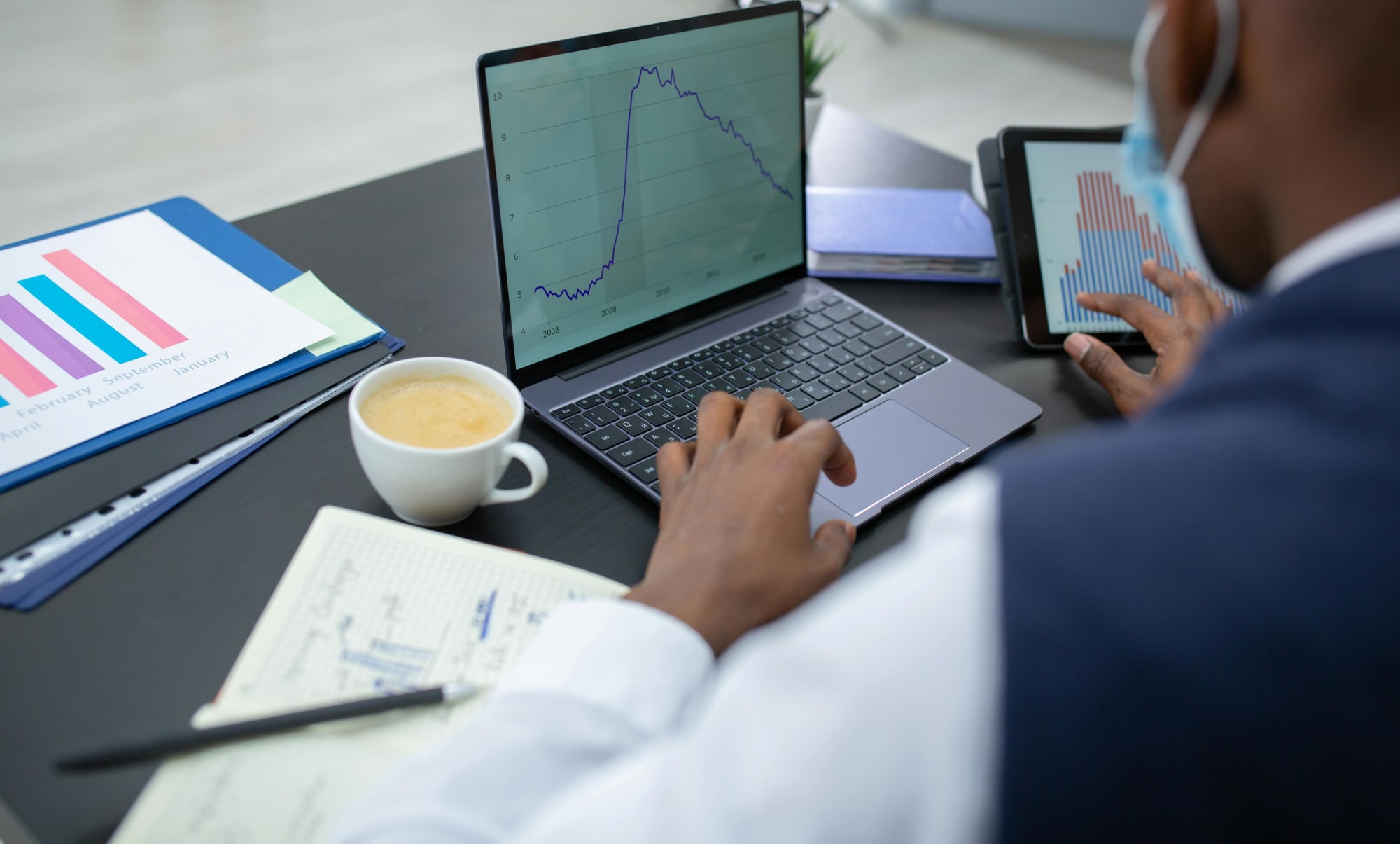
Economy
Rising CPI reinforces RBA’s stance as rate cut expectations remain: State Street
State Street Global Advisors says the Reserve Bank of Australia (RBA) is likely to hold its current policy outlook following the release of September quarter inflation data, which showed an unexpected ...Read more
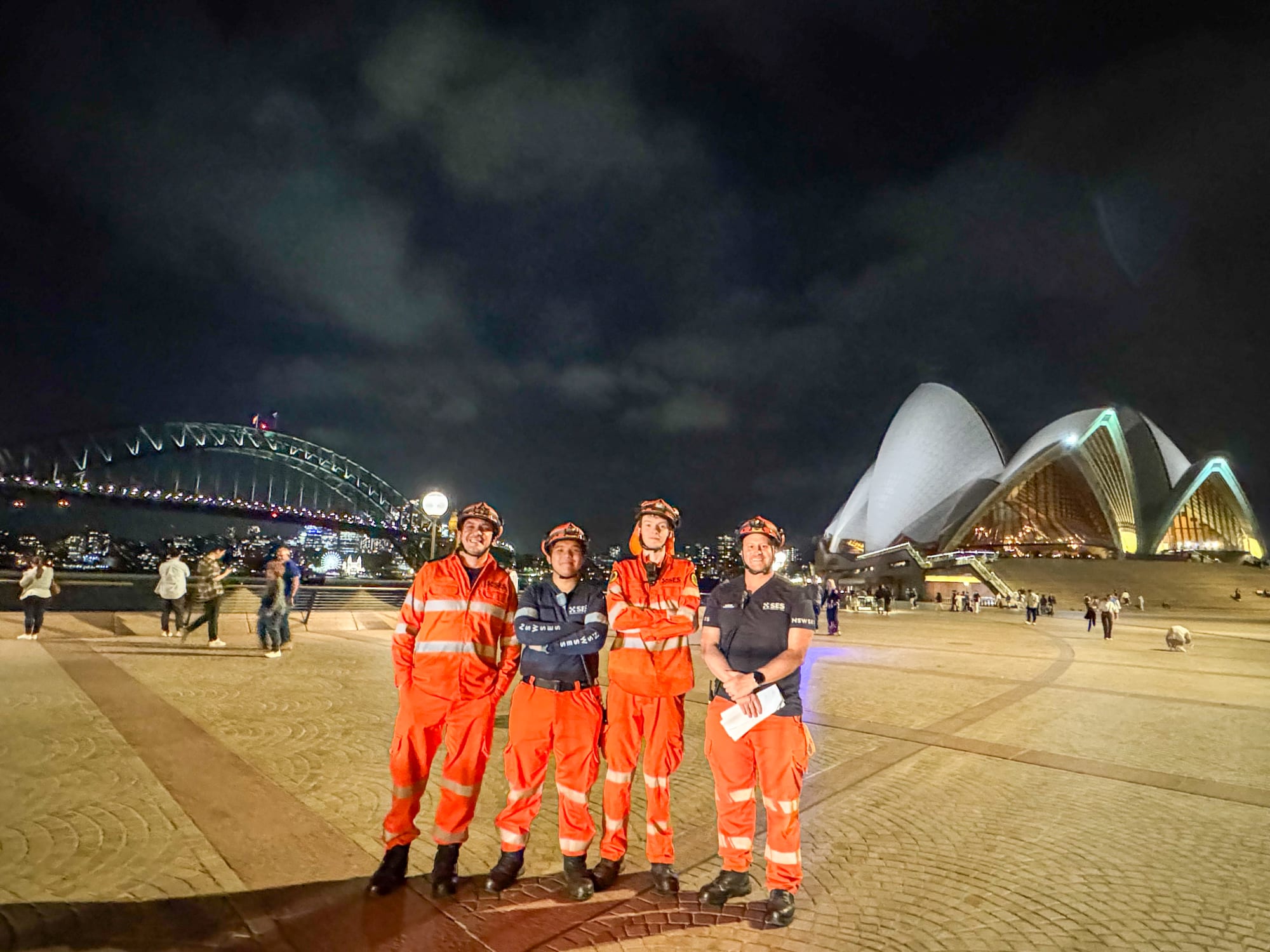
Economy
NSW SES boosts tsunami preparedness ahead of World Tsunami Awareness Day
As World Tsunami Awareness Day approaches on 5 November, the New South Wales State Emergency Service (NSW SES) is ramping up efforts to enhance tsunami preparedness along the east coastRead more

Economy
RBA's hawkish stance reflects inflation concerns, State Street economist comments
In a recent statement, the Reserve Bank of Australia (RBA) has signaled a hawkish stance on interest rates, drawing insights from financial experts about the implications for Australia's economic ...Read more

Economy
Navigating the inflation maze: How CFOs can outsmart economic hurdles in Australia
Fresh inflation data have cooled expectations of near-term rate cuts in Australia, intensifying pressure on margins, capital allocation and demand. Rather than wait for monetary relief that may not ...Read more

Economy
Inflation concerns rise as Australia's CPI climbs to 3.8% in October
Australia's latest Consumer Price Index (CPI) figures have sent ripples through the economy, with headline inflation accelerating to 3.8% year-on-year in October, up from 3.6% in September. The data, ...Read more

Economy
October CPI results pose challenges for RBA’s monetary policy stance
In a surprising turn of events, the October Consumer Price Index (CPI) data has raised eyebrows among economists and market strategists, revealing stronger-than-expected inflationary pressures in ...Read more

Economy
Global deal activity declines by 6% amid economic uncertainty, reports GlobalData
In a year characterised by economic turbulence and evolving market conditions, global deal activity has witnessed a notable downturn during the first ten months of 2025. According to GlobalData, a ...Read more

Economy
Australia’s softening labour market puts another RBA cut in play — here’s what business should do now
A four-year high in unemployment has revived expectations the Reserve Bank could deliver another rate cut as soon as November. With quarterly GDP growth running at 0.6 per cent and annual growth at ...Read more

Economy
Rising CPI reinforces RBA’s stance as rate cut expectations remain: State Street
State Street Global Advisors says the Reserve Bank of Australia (RBA) is likely to hold its current policy outlook following the release of September quarter inflation data, which showed an unexpected ...Read more

Economy
NSW SES boosts tsunami preparedness ahead of World Tsunami Awareness Day
As World Tsunami Awareness Day approaches on 5 November, the New South Wales State Emergency Service (NSW SES) is ramping up efforts to enhance tsunami preparedness along the east coastRead more








